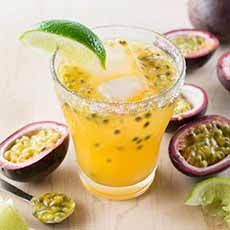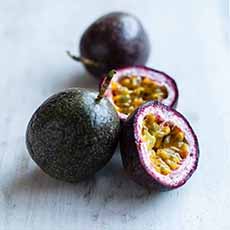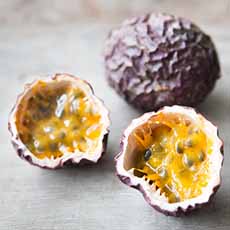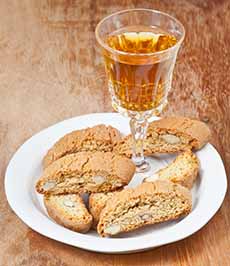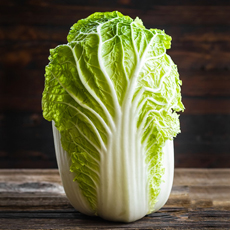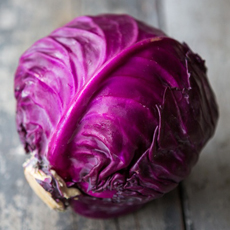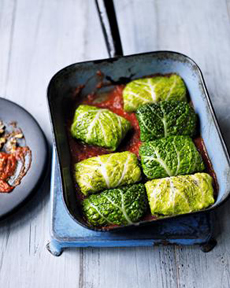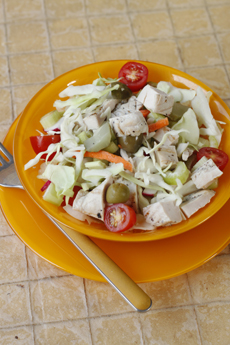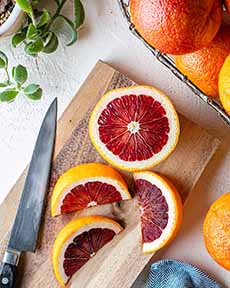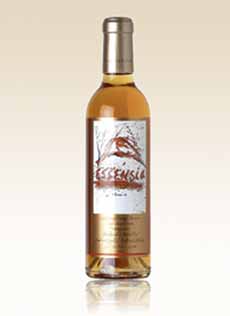|

[1] A refreshing glass of Blue Basil Wild Tonic (all photos © Wild Tonic).
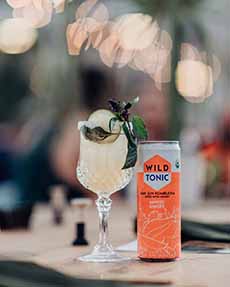
[2] In addition to 16-ounce bottles, there are 12-ounce cans.
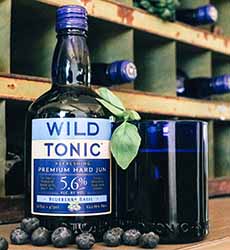
[3] Hard Blueberry Mint.

[4] Four varieties of hard jun kombucha have 5.6% A.B.V. (alcohol by volume).

[5] The refreshing flavors are like spritzes.

[6] Substitute tonic water for Wild Tonic in a Moscow Mule.
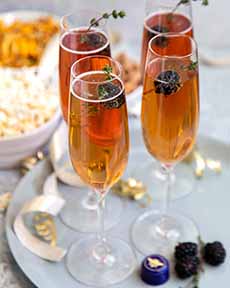
[7] Toast to someone’s health (or to the New Year) with flutes of Wild Tonis.

[8] Upcycle your bottles into vases or individual water bottles instead of glasses at the table.
|
|
In 2020, Kombucha Brewers International (KBI), the leading trade organization of commercial kombucha brewers worldwide, declared February 21st as the first World Kombucha Day. It follows on the heels of National Booch Day, which a single brand, KeVita, founded on January 15th, using the shortened, hip version of the product’s name.
Both holidays celebrate love for the ancient brew of fermented tea that is kombucha (kom-BOO-cha), named for the fungus-like substance, a symbiotic colony of yeast and lactobacillus bacteria*, that is used to ferment brewed, sweetened black tea into the fizzy drink that people have used for centuries as a healthful, detoxifying tonic and a mild digestif.
And a green tea version of kombucha, Wild Tonic Jum Kombucha, is our Top Pick Of The Week. But first…
THE HISTORY OF KOMBUCHA
The reason for selecting January 21st as World Kombucha Day dates to the Chinese Qin (Tsin) dynasty (221-206 B.C.E.), where we find the first recorded mention of kombucha.
During this period, a fermented tea known as Tea of Immortality was brewed by the royal alchemists for the emperor Qin Shi Huang**, who sought to lengthen his life by any means available. (Alas, the emperor died at age 49).
One story says that kombucha first fermented accidentally in the canteens of soldiers, who noted its restorative powers on the battlefield.
The name itself comes from a Korean physician, Kom-bu, who introduced it to the Japanese Emperor Ingyo in the year 414 C.E. as a healing drink. It became known as tea of Kom-bu, or Kom-bu-cha.
Jun, the style of Wild Tonic, our Top Pick Of The Week, it is claimed by Western vendors to have been developed thousands of years ago by monks of Tibet and northern China. It is more likely a modern invention (see why in the footnote).
Kombucha was introduced to the West via Russia, where it arrived before the Industrial Revolution and became very popular. Our grandmother brewed it, as likely did her grandmother, who lived during the Industrial Revolution† and much later, in the 1990s, piqued the interest of the American future co-founder of Kombucha Wonder Drink, which markets it as a prebiotic sparkling fermented tea (we reviewed it in 2006).
Consumers in the trendy Pacific Northwest latched on to it as a refreshing, good-for-you drink. Brands proliferated. There is now even hard kombucha, made through a secondary fermentation that raises the alcohol content naturally, with percentages similar to craft beers and hard ciders (in the case of Wild Tonic, 5.6% A.B.V. to 7.6% A.B.V.).
So why February 21st for World Kombucha Day? The date relates to the unification of China in 211 B.C.E. Because 2/21 has a relation to 221 B.C.E. O.K., if you need to pick a particular date, it’s as good as any.
DOES KOMBUCHA REALLY CONTRIBUTE TO HEALTH?
Since those ancient times, devotees have ascribed to kombucha powers the longevity Qin sought, as well as the ability to cure baldness and high blood pressure and a cancer preventative, among other purported health benefits.
So is there any truth to the powers of kombucha?
From a modern scientific standpoint, detoxifying benefits are believed to come from the glucuronic acid that is created during fermentation, not from the yeasts and bacteria in the culture.
According to the Mayo Clinic, imited evidence suggests kombucha tea may offer benefits similar to probiotic supplements, including promoting a healthy immune system and preventing constipation.
There have been no clinical trials or support published in any scientific journal.
TOP PICK OF THE WEEK: WILD TONIC JUN KOMBUCHA
In China, a drink called jun, or xun, is a slightly different form of kombucha. It is made from green tea instead of black tea, and with honey instead of cane sugar. And a plus for some: It lacks the vinegar “bite” common in traditional kombucha.
Wild Tonic’s versions are delightfully refreshing and smooth: elegantly effervescent with light, dancing flavors as enjoyable as a mocktail or a wine spritz without the wine.
You can use it as a mixer for cocktails, or move right ahead to their hard jun kombucha, with a 5.6% A.B.V. (11.2 proof, slightly more alcohol than a glass of Moscato d’Asti wine).
The line is certified USDA Organic, and is made from organic green teas, fruits, herbs, spices, and flowers.
The drinks contain prebiotics, probiotics, amino acids, and antioxidants, are all-natural and sulfite free.
The traditional jun kombucha (non-alcoholic) flavors:
Blackberry Mint
Blueberry Basil
Chai Pear
Goji Rose
Mango Ginger
The hard jun kombucha flavors (5.6% A.B.V.) include:
Blueberry Basil
Goji Rose
Mango Ginger
Strawberry Blood Orange
The company takes every step to source sustainably and ethically, and to reduce its carbon footprint. The blue glass bottles, embossed with honeybees, can be upcycled for other beverages, water, and flower vases.
Even after the tea is brewed, the spent leaves are sent back to the farm to be used as compost.
GET YOUR WILD TONIC JUN KOMBUCHA
The line is available via Amazon/Whole Foods, Drizly, Favor, Instacart, Postmates, Uber Eats, and natural foods retailers (here’s the store locator).
The website will begin to sell directly soon.
For more information, head to WildTonic.com.
________________
*This is called a SCOBY: Symbiotic Colony of Bacteria and Yeast.
**Emperor Qin Shihuan unified China in 221 B.C.E. by conquering the last remaining warring states, and sought to build political stability, military strength, and economic unity. It was he who created the first Wanli Changcheng (Great Wall) on a subcontinental scale. Previously there were a number of changcheng (long walls), but Quin began the Great Wall Of China. He turned to necromancers (magicians, wizards) in search of elixirs, and was taken in by the fallacy that such medicines could be found [source].
†The Industrial Revolution was the process of changing from an agrarian and handicraft economy to one dominated by industry and machine manufacturing. This process began in Britain in the 18th century, around 1760, and spread to other parts of the world to 1840 (and later in some areas, such as China and India).
††Some websites claim that jun comes from Tibet, where it has been made for 1,000 years. However, books on Tibetan food, and even a specialized book on Himalayan ferments, contain no mention of it. Second, tea was historically difficult to acquire in Tibet as it was not cultivated in the region. Third, green tea has never been popular in Tibet and fourth, the word “jun” does not exist in the Tibetan language. We haven’t yet found who marketed the first jun, but we’re still looking [source].
|
